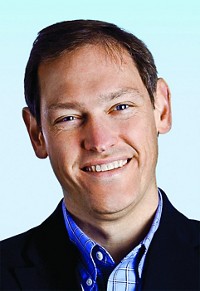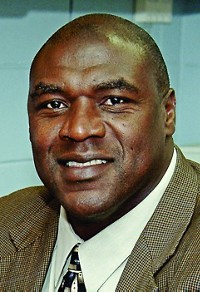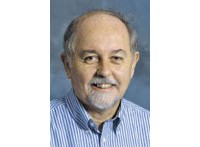Advertisement
Grab your lab coat. Let's get started
Welcome!
Welcome!
Create an account below to get 6 C&EN articles per month, receive newsletters and more - all free.
It seems this is your first time logging in online. Please enter the following information to continue.
As an ACS member you automatically get access to this site. All we need is few more details to create your reading experience.
Not you? Sign in with a different account.
Not you? Sign in with a different account.
ERROR 1
ERROR 1
ERROR 2
ERROR 2
ERROR 2
ERROR 2
ERROR 2
Password and Confirm password must match.
If you have an ACS member number, please enter it here so we can link this account to your membership. (optional)
ERROR 2
ACS values your privacy. By submitting your information, you are gaining access to C&EN and subscribing to our weekly newsletter. We use the information you provide to make your reading experience better, and we will never sell your data to third party members.
Synthesis
National Fresenius Award
Sponsored by Phi Lambda Upsilon, the National Honorary Chemical Society
by A. Maureen Rouhi
January 4, 2010
| A version of this story appeared in
Volume 88, Issue 1
Colleagues are heaping praise on Daniel J. Mindiola, associate professor of chemistry at Indiana University, Bloomington. His accomplishments include the development of highly reactive, low-coordinate complexes containing metal-ligand multiple bonds induced by α-hydrogen abstraction, including those of the type M=CHR and M≡CR that readily open the C–N bond in N-heterocycles.
Mindiola discovered a route to low-coordinate multiple-bond chemistry that enables the routine use of the inexpensive and versatile metals titanium, vanadium, and niobium in group-transfer chemistry. He is now expanding the series to more ionic elements such as scandium. Multiple bonds of these metals were formerly rare, says James P. Reilly, chemistry department chair at IU. Mindiola's work "exposed these types of compounds for broad study by other researchers," he adds.
Key applications of the metal complexes are facile cleavage and rearrangement of heterocyclic C–N bonds and activation and functionalization of hydrocarbons. The former could be used in the petrochemical industry to remove nitrogen from carbon-based fuel products and thereby reduce NOx emissions when the fuels are burned. Mindiola's work could lead to cleaner and cheaper petroleum-based fuels, Reilly says.
The Ti=CHR moiety particularly impresses Massachusetts Institute of Technology chemistry professor Christopher C. Cummins, who was Mindiola's Ph.D. adviser. "The high and unprecedented reactivity of this species has provoked in-depth analysis by theorists," he says.
The journey leading to this year's award began in 1989, when Mindiola and his mother left the turmoil of his native Venezuela and came to the U.S. (C&EN, Oct. 17, 2005, page 35). After a lackluster high school experience, he was inspired by Kim R. Dunbar, a chemistry professor at Michigan State University, to study inorganic chemistry. Helped partly by a scholarship from the ACS Scholars Program, he received a B.S. in chemistry with honors in 1996. In 2000, he received a Ph.D. in chemistry from MIT. After a postdoctoral stint at the University of Chicago, he joined IU as an assistant professor in 2002. He gained tenure in 2007.
Mindiola "is the best young scientist I've encountered in my 25 years at the University of Chicago, both in terms of demonstrated accomplishment and the certainty for continued scientific excellence," says chemistry professor Gregory L. Hillhouse, who was Mindiola's postdoctoral supervisor. In Hillhouse's lab, Mindiola prepared the first series of compounds with ligands multiply bonded to nickel.
A citizen of Venezuela and the U.S., Mindiola, 35, is an ardent promoter of diversity in the sciences through mentoring minority students. He also advises the IU student chapter of the National Organization for the Professional Advancement of Black Chemists & Chemical Engineers, which he founded in 2007. He has also served on ACS's Minority Affairs Committee and Fellowship Selection Committee.
Among Mindiola's honors are the Friedrich Wilhelm Bessel Research Award from the Alexander von Humboldt Foundation, the Camille & Henry Dreyfus New Faculty Award, the Indiana University Outstanding Junior Faculty Award, the Alfred P. Sloan Research Fellowship, the Camille & Henry Dreyfus Teacher-Scholar Award, and the NSF Presidential Early Career Award for Scientists & Engineers.
Mindiola will present the award address before the Division of Inorganic Chemistry.






Join the conversation
Contact the reporter
Submit a Letter to the Editor for publication
Engage with us on Twitter